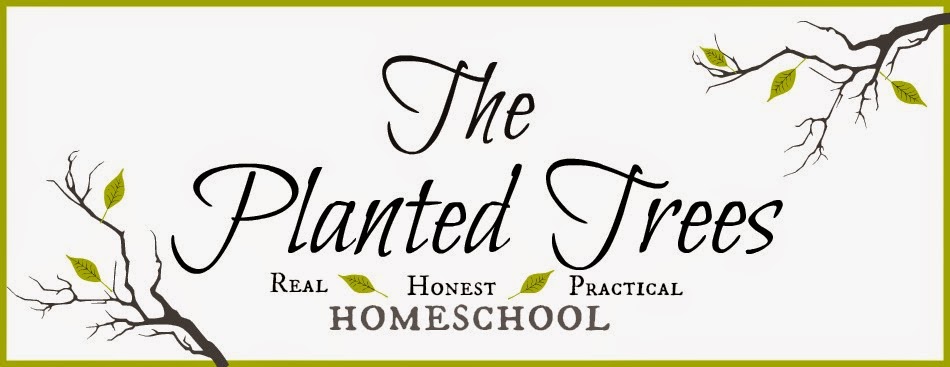Nothing strikes more fear into the hearts of homeschool parents than realizing that those easy elementary years are behind them and high school looms ahead. Suddenly they find themselves teaching sixth, seventh, and eighth grades and realizing that a different child has appeared in their house. How do you teach this person? How do you prepare them for high school? How do you deal with all the challenges that middle school brings for you and your child? Let’s start by looking at what to expect from your child during these years.
1. Hormones
So this might be obvious, but do not underestimate the power of these body chemicals to affect your homeschool day. Of course every teen is different, so for some this will have more of an impact than others. I know that in our home it’s been Dr. Jekyll and Mr. Hyde. Days, hours, minutes of relative calm followed by a sudden 180 degree turn of tears, frustration, anger, or sullenness. Needless to say, it makes homeschooling interesting.
2. Social Needs
The summer before Grace started sixth grade she came to me asking for more social interaction with her peers, specifically in a learning environment. I scrambled around and found a co-op that fit our family and our budget. From talking to other homeschool parents, her request coinciding with entering middle school is not unusual. Playdates at the park with friends, one extracurricular activity, and being home with siblings and parents was no longer enough. As a caveat, my daughter is naturally an extrovert, but this need is commonly felt among most kids this age. An introvert might express this differently, but this natural gravitation toward peers is totally normal.
3. Physical Growth
Considering that my thirteen year old daughter is only an inch shorter than my height of 5’10”, I can attest that these years are a time of great physical growth. A teen’s body changes more than any other time in life other than infancy. All that growing means teens and tweens need more food and sleep than usual. Those homeschool days of up and at ’em with the dawn will probably come to a screeching halt as your middle school student needs more rest. Snack time will definitely become an important part of the day as well. The increased sleeping and revolving door of your kitchen inevitably causes changes in how your homeschool functions.
4. Need to Feel Connected
Children who enter middle school not only need social interaction, but they need to feel connected to the world around them. They want to be needed. They want to find their niche. What do I enjoy? What am I good at? What role do I play in my family? Where do I fit in my circle of friends? How do I contribute to my faith and place of worship in a meaningful way? Navigating these questions is a rite of passage for middle schoolers whether they realize it or not. It allows them to define themselves and create a network for future independence.
5. Mental Growth
Not only do our children grow physically, but their mental processes take a leap as well. They begin to think deeply about events and decisions. As neo-classical homeschoolers label it, they have entered the dialectic stage, where children move from fact acquisition to exploring the deeper nuances of historical events, scientific discoveries, literary characters and plots, and the moral implications of all of the above. They start to question everything! I even find my thirteen year old critiquing my parenting decisions, “When I’m a mom, I won’t do XYZ.” By the way, I’m writing these down and can’t wait to bring them up again. Bwahaha.
6. Straddling Between Childhood and Adulthood
When I tell people that I used to teach eighth grade, they usually look at me in sympathy. Once I explain that I loved teaching that age, then they look at me in shock. I explain that I love middle school kids because they have enough adult in them to be independent, but enough child in them that they like to play games and be goofy. Having one foot in childhood and one foot in adulthood is a good way to describe this age. It’s this transitioning between two worlds that gives middle school children the reputation of having smart mouths and being sassy to parents and adults. The are trying to navigate this new maturity in mind and body, but they still have childish tendencies at times.
So what do these six things mean for your homeschool? That’s the question I will address in the next post about how to specifically deal with these issues in your homeschool. A quick answer, though, is that your involvement as the parent and teacher is paramount at this age. They need you more than ever and you will need patience, understanding, and a lot of chocolate.
What has been your experience when homeschooling a middle schooler?


